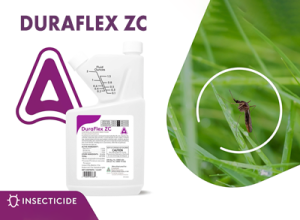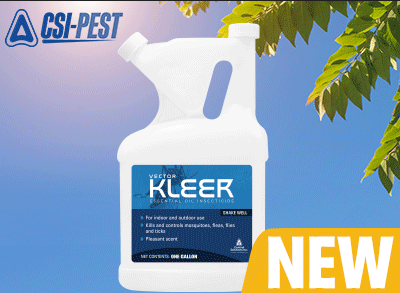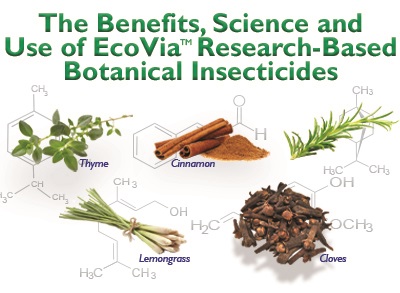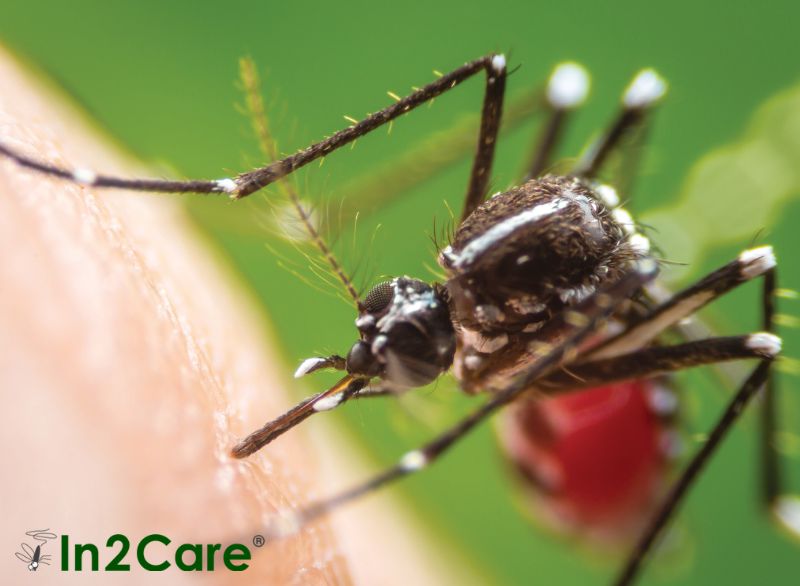ZC Formulations: pest control solutions for now and later

Formulation type has a significant impact on product performance, use patterns, and end-user experience. Therefore, pesticide manufacturers consider several factors when choosing a pesticide formulation type for a new product. Typically, the decision will be based on its active ingredients, the intended use of the product, the desired length of efficacy, and the conditions found in the application sites where it will be used. Control Solutions, Inc. has expanded its portfolio of formulations to include ZC products. ZC formulations combine the benefits of a CS (capsule suspension) and SC (suspension concentrate) together in one convenient product.
CSI utilizes evolving science and modern technology to develop Combination Chemistry products, like ZCs. These formulations help PMP companies to be more efficient and provide treatments with confidence. CSI’s ZC products include multiple active ingredients that work together to create a powerful product for controlling tough pest populations. The multiple unique modes of action make these products your flexible, fast acting, and long-lasting solution for hard-to-control pests.
ZC Formulations + CapVantage Technology: what are the advantages of CS and SC formulations?
CapVantage, CSI’s microencapsulation technology, helps extend the residual efficacy of active ingredients, protecting them from UV light, heat, pH fluctuations, and other environmental factors. CSI’s CS formulations include microcapsules with varying wall thickness to allow for immediate and extended product release. Additionally, CSI’s microcaps adhere to insect exoskeletons, increasing active ingredient contact with the pest.
Suspension Concentrate (SC) formulations contain solid active ingredient(s) dispersed in water. They are very common in the pest management industry because they are easy to use, effective, and less likely to damage surfaces compared to some other formulation types like emulsifiable concentrates (ECs). SCs are also less likely to clog spray equipment, filters, and nozzles than wettable powder (WP) formulations, and they tend to stay in suspension longer after mixing than WPs as well.
DuraFlex ZC: one of the first ZC formulation offered from Control Solutions, Inc.
DuraFlex ZC is the first product to ever contain microencapsulated bifenthrin. In addition to being the first microencapsulated bifenthrin product on the market, DuraFlex ZC also contains two insect growth regulators (IGRs). With simple mixing rates and flexible reapplication intervals, it’s a great choice for PMPs looking for reliable and effective pest management solutions. Since dosing and measuring DuraFlex ZC is easy, PMPs can spend more time solving their customer's problems and less time reading and interpreting labels. With long-lasting benefits and superior active ingredients, DuraFlex ZC is perfect for PMPs looking for simple, easy-to-use products that are effective against a wide range of pests.
DuraFlex ZC is a Combination Chemistry product that contains bifenthrin, pyriproxyfen, and novaluron. The adulticide, bifenthrin, is encapsulated (CS), along with one of the IGRs, pyriproxyfen. The other IGR, novaluron, is free in the formulation (SC). CSI sought to protect the IGR pyriproxyfen in a microcap because this active ingredient is the most susceptible to breakdown by UV light. Encapsulation better protects it from rapid breakdown. This unique formulation gives PMPs an easy to use, versatile product to manage pests both indoors and outdoors, as well as in food handling establishments.
> Advantages of using DuraFlex:
- Combination Chemistry contains an adulticide and two IGRs
- Breaks the life cycle of insect reproduction to control listed pests
- Low Odor
- Fast Acting
- Indoor/outdoor use
ZC formulations deliver the best of SCs and CSs.
*ZC formulations are recent developments. For details, please see Manual on development and use of FAO and WHO specifications for pesticides, Section 7.42 MIXED FORMULATIONS OF CS AND SC (ZC), page 172, click here.







